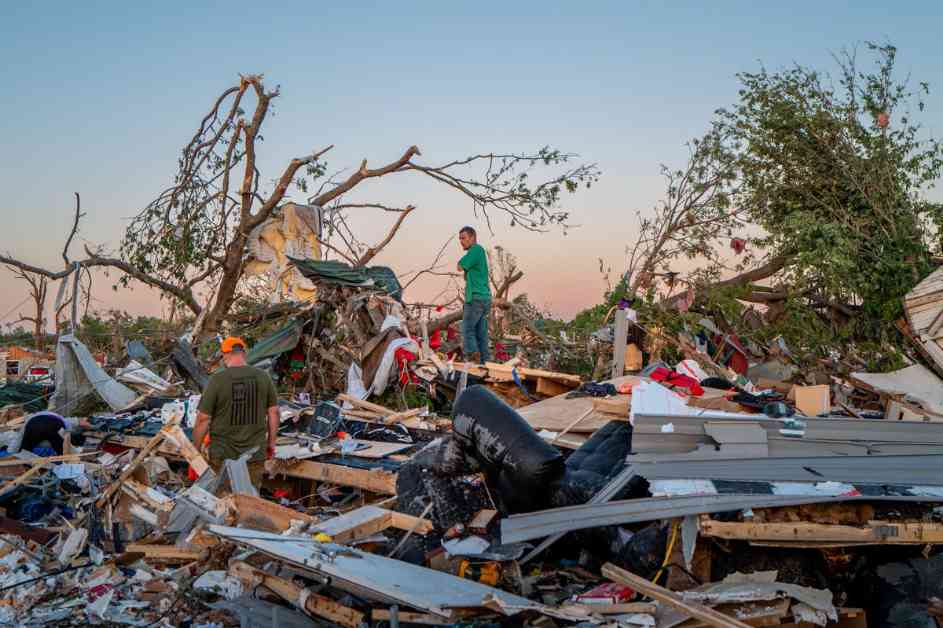In the spring of 2024, the United States experienced an unusually high number of tornadoes, with over 1,100 reported by May. This was nearly twice the 30-year average and second only to the deadly tornado outbreaks of 2011. The increased tornado activity was attributed to a combination of wind shear and atmospheric instability.
Wind shear, which is the change in wind direction and speed with altitude, was particularly strong during this tornado season. The jet stream, a band of strong upper-level winds, dipped southward in the western US before turning back northeast across the Plains. This pattern created the perfect conditions for tornado formation in the central US. Additionally, record heat waves in Mexico and Texas, along with cooler temperatures in the Rockies and northern United States, led to a stronger than normal jet stream, further enhancing wind shear.
Atmospheric instability, the other key ingredient for tornado formation, was also high this year. The Gulf of Mexico was warmer than usual, providing ample heat and moisture for thunderstorms to develop. This combination of ingredients created a conducive environment for the formation of tornadoes across Tornado Alley and the Upper Midwest.
The increase in tornado activity in the Great Plains is somewhat unusual, as studies have shown a long-term decrease in tornado numbers in this region. Climate models suggest that as global temperatures rise, there may be a shift in tornado activity towards the east, near or just east of the Mississippi River. This is due to the formation of a “cap” of hot, moist air over the Great Plains, which may become harder to break through with increasing temperatures, thus reducing tornado activity in the region.
Overall, while tornado activity may be decreasing in the Plains, it is likely to increase in the East and during cooler months, particularly in the Southeast. Climate change is expected to impact tornado patterns in the future, with fewer tornado days but a higher likelihood of tornado outbreaks when they do occur.
The combination of wind shear and atmospheric instability in 2024 created a perfect storm for tornado formation, leading to a higher than average number of tornadoes in the US. As climate change continues to impact weather patterns, it is important to monitor and understand the changing trends in tornado activity to better prepare and respond to these natural disasters.






